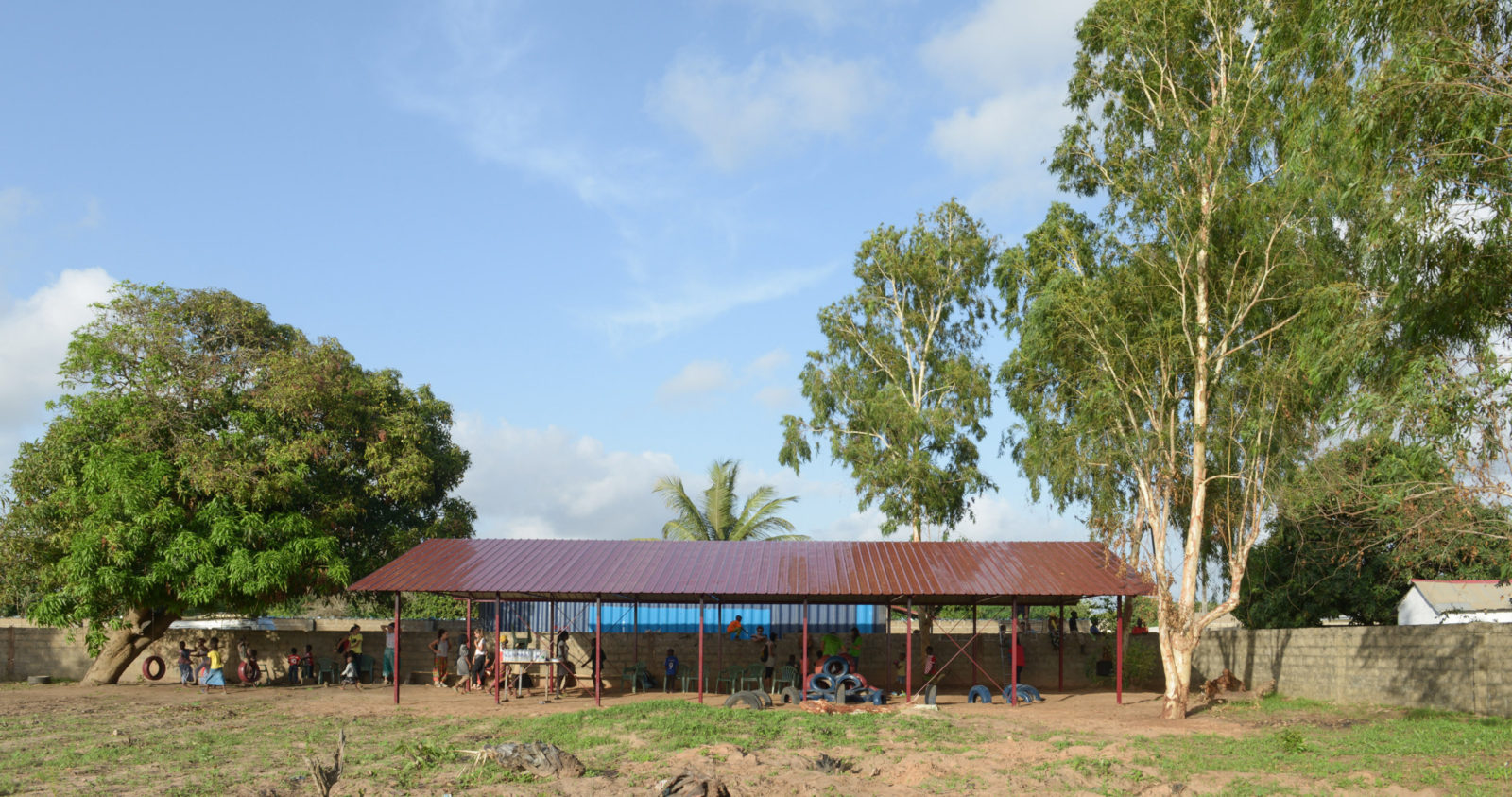Development cooperation and humanitarian aid – projects in Africa
Groups comprised of both students and mentors from the Faculty of Architecture carried out six projects in Africa between 2010 and 2019. All projects fell within the scope of international development cooperation and humanitarian aid. Under guidance from their mentors, the students designed and constructed schools, kindergartens, and other buildings with social functions in poor areas of African countries, helping address the spatial and living needs of the population.
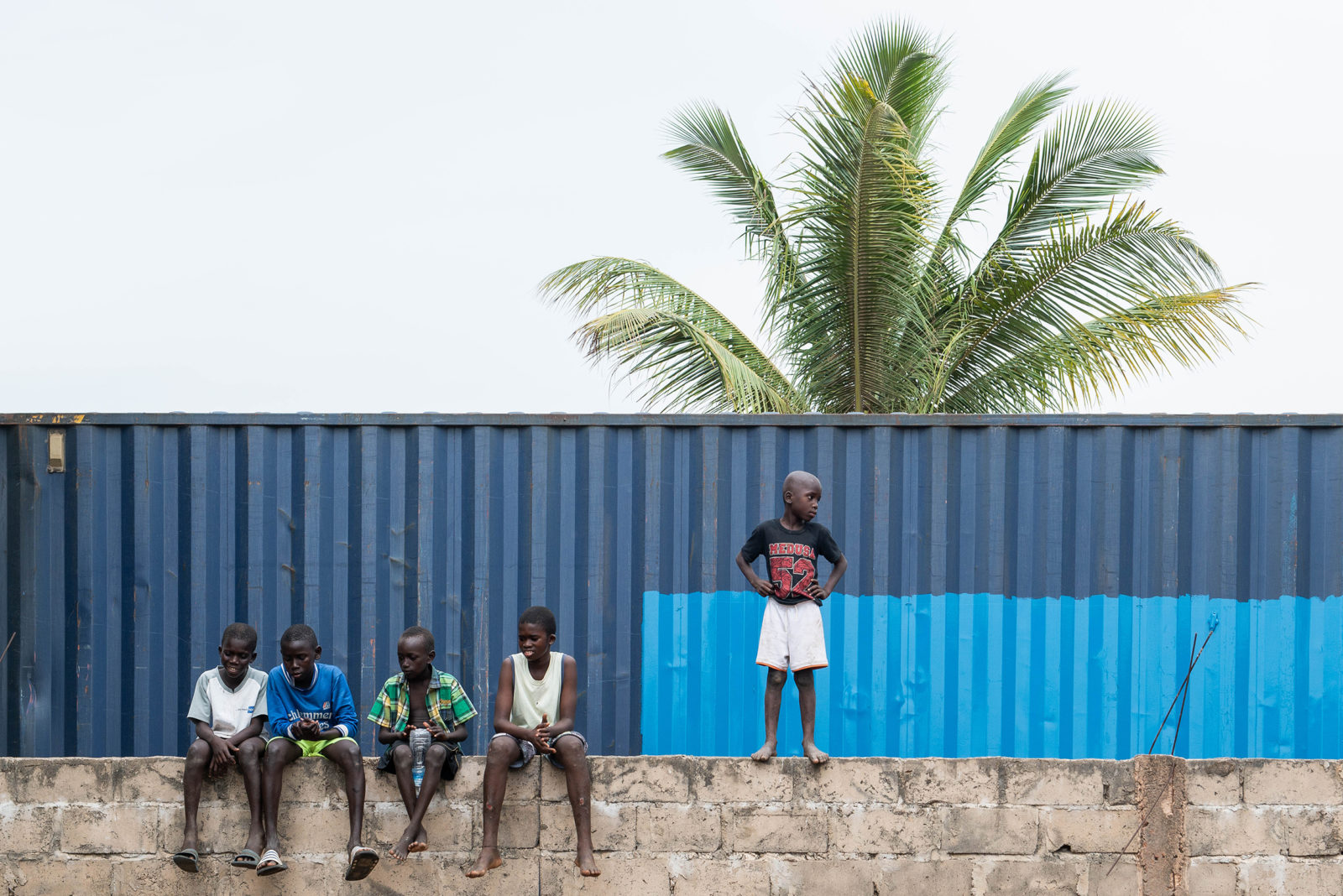
*****
LATEST UPDATE:
The first phase of the project “Thlagong , a biodiversity learning hub” in the village of Rantlakane, Waterberg Region, South Africa, is completed. In the beginning of 2024, we built a canopy and a workshop in eight weeks.
You can learn more about the project on our subpage and get the latest news by following “Roof for All” on Facebook and Instagram.
*****
The cooperation between the groups started between 2010 and 2011 with the construction of a classroom, library, and multipurpose hall in Johannesburg, South Africa. It continued in 2017 with the construction of a halfway home for street children in Kabale, and housing units for doctors of the Bwama Health Centre, next to lake Bunyonyi in Uganda. The final two buildings, a canopy and a school at the Education Center in Brufut, Gambia, were finished in 2018 and 2019.
The projects were all carried out in cooperation between the Faculty of Architecture and Slovenian/international non-governmental humanitarian organizations active in various locations across Africa. Project work entailed both designing the aforementioned structures as well as their actual construction, the latter having been carried out in collaboration with local residents. Throughout their work, students showcased a clear and comprehensive understanding of natural factors, local architecture, materials, construction methods, as well as social and economic circumstances. The collaborative projects, which took place on-site over the course of eight weeks, offered an excellent opportunity for learning and the exchange of ideas between the students and local residents. A blend of different kinds of knowledge, cultures and people, all of whom shared this common experience and created new ties.
These efforts and achievements of educational institutions’ work in Africa represent a small, yet important contribution towards realizing the aims of the UN Millennium Declaration: access to safe homes, education and healthcare for children across the globe. They serve as proof that knowledge and determination are key factors in tackling social problems, and that even the simplest works of architecture can positively impact people’s living conditions.
2023-2024
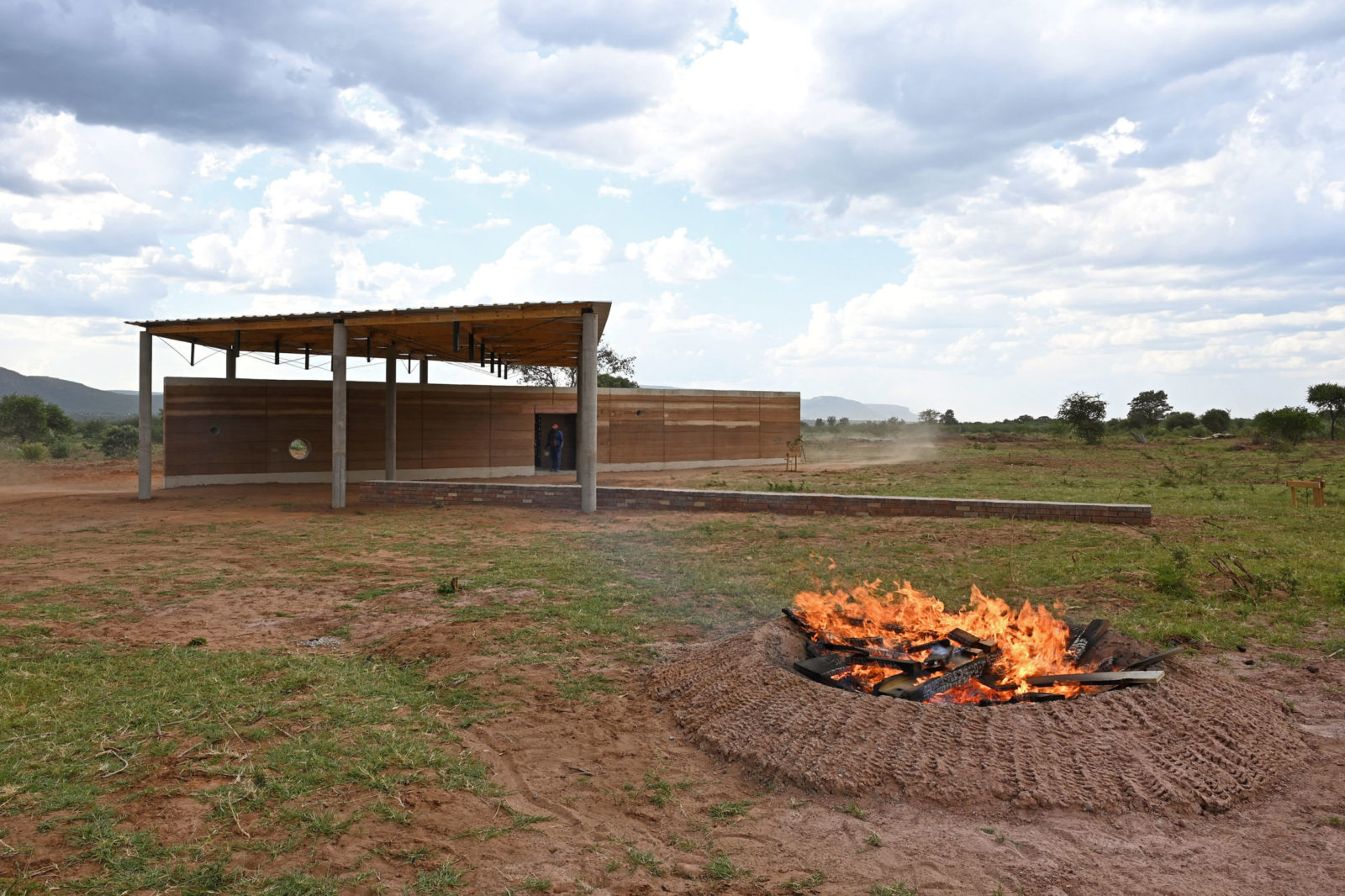
2010
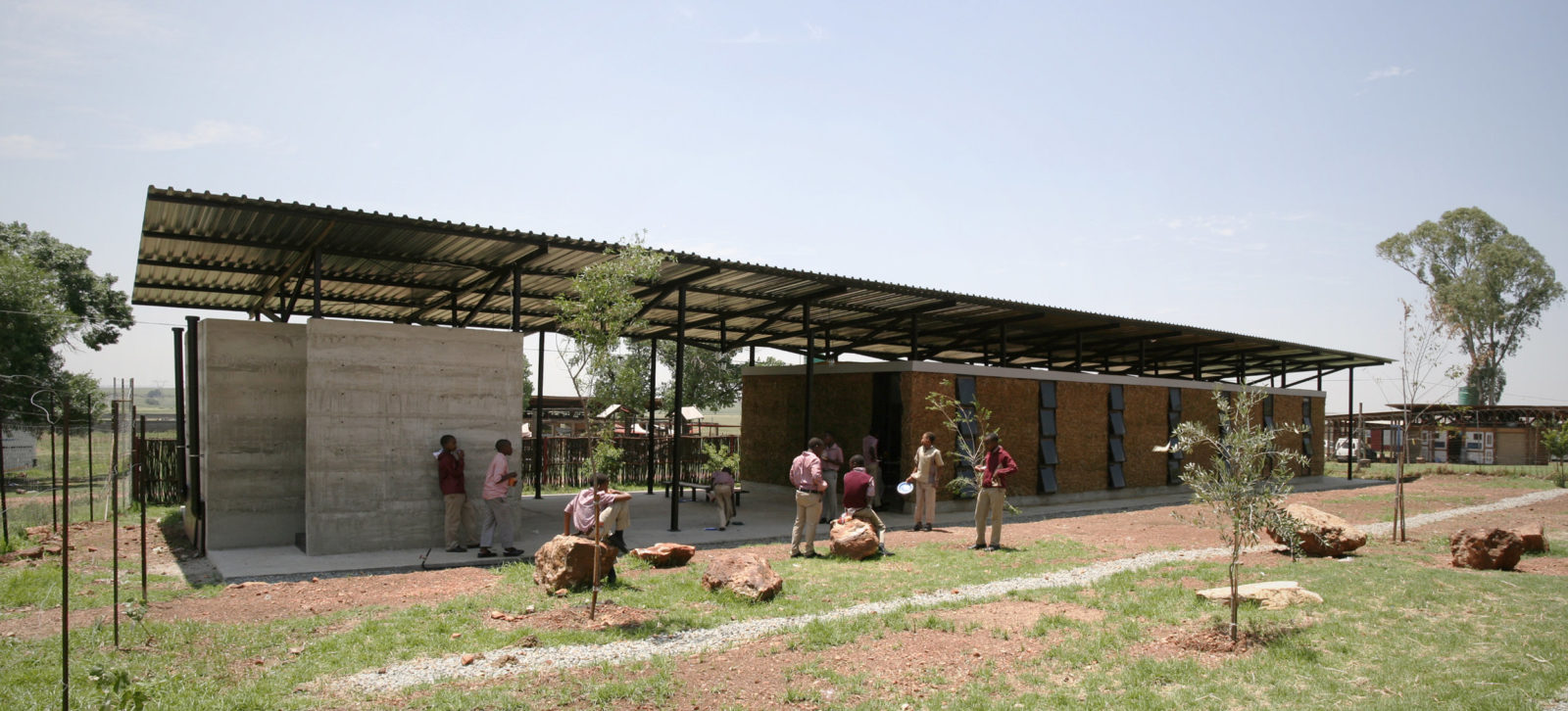
2011
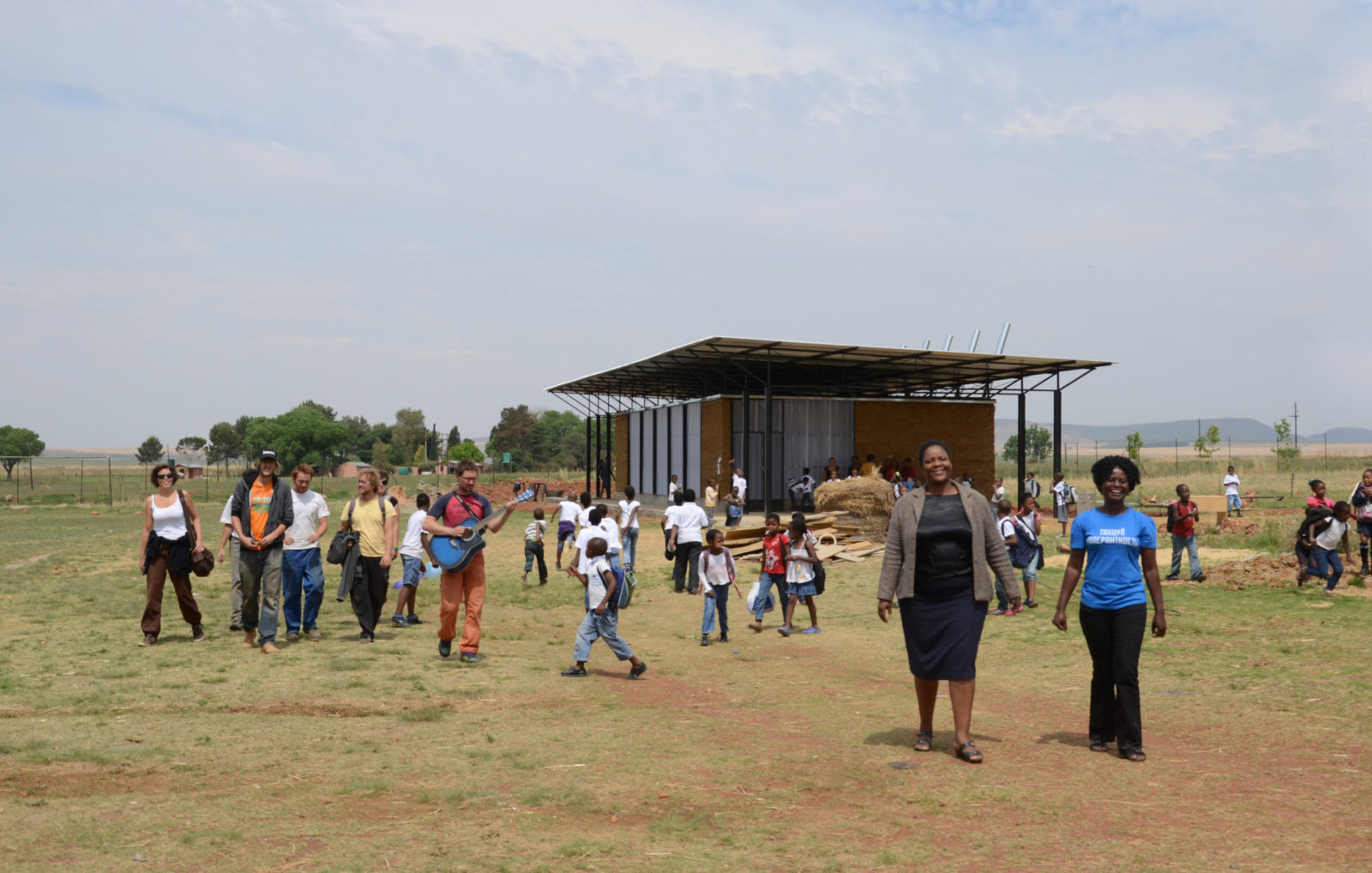
2017
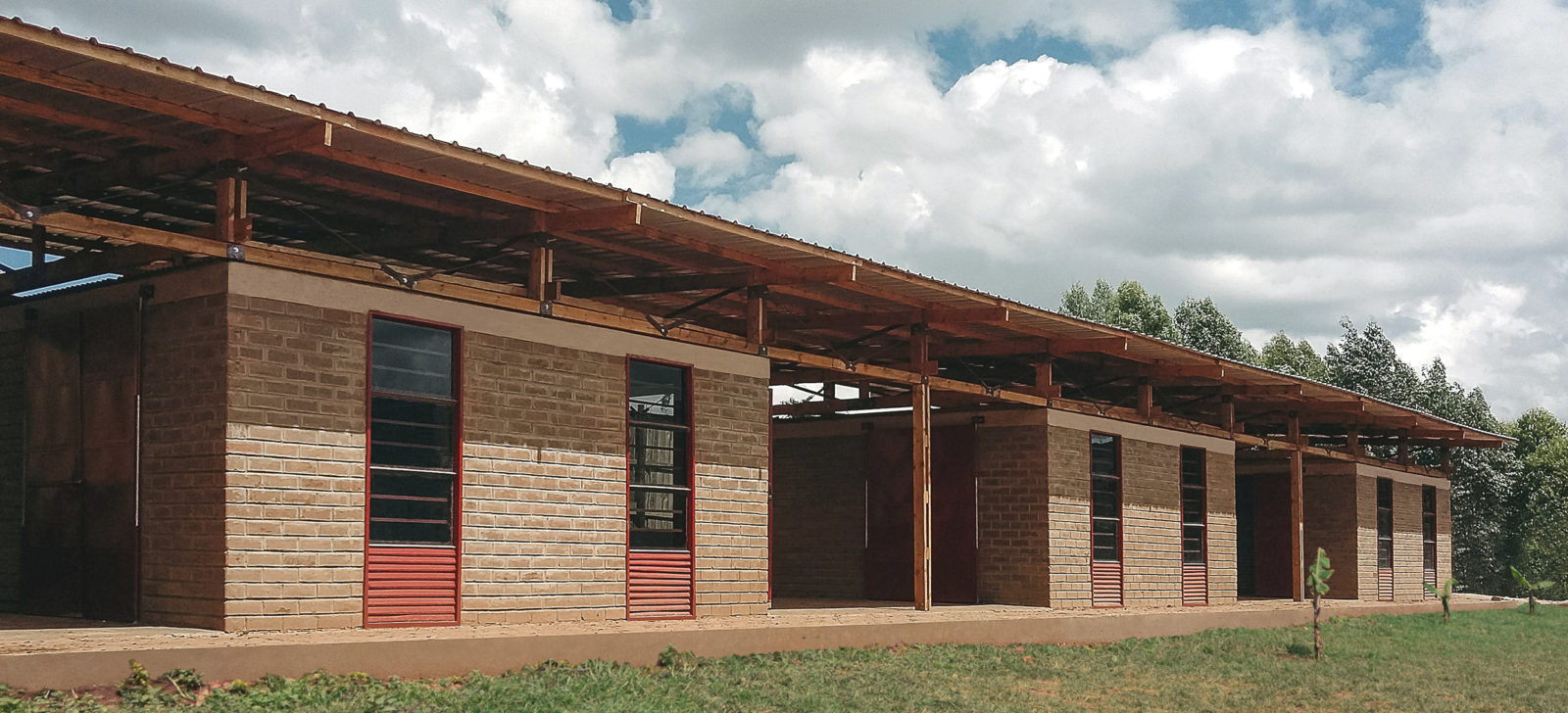
2018–2019
